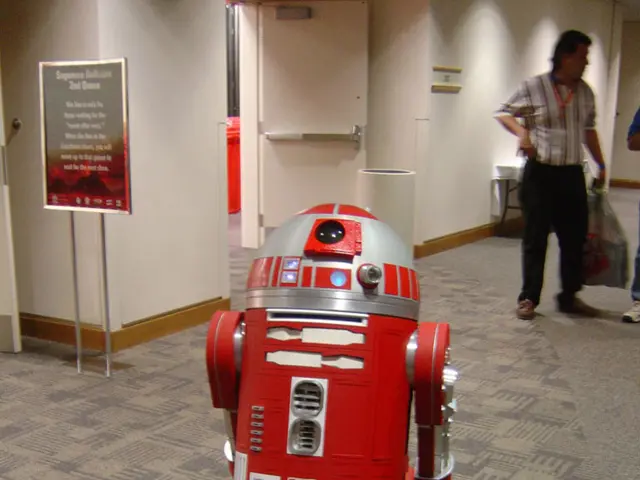Refurbishment: Discovering a Building's Hidden Capacity
Hey there, buddy! Here's the lowdown on retrofitting - it's all about updating old buildings to make 'em more energy-efficient and eco-friendly. You know, think LED lights, insulation, and smart tech to cut back on energy use and reduce carbon emissions.
Retrofitting is basically a sustainable alternative to tearing down buildings and rebuilding them from scratch. Instead, it lets us adapt existing structures for comfortable living, working, and playing in the future, even accounting for predicted temperature rises. In short, it's future-proofing with a side of green!
This green makeover can work on all types of buildings - from homes and businesses to historical and high-rise constructions. 'Cause let's face it, the old ways are killing our planet. Plus, retrofitting usually costs less than creating an entirely new, green design build. It takes up to 80 years for the energy expended in making a new building to be offset!
So, what's included in this green transformation? Here's a quick cheat sheet for hitting net zero:
- Temperature Control: Insulation, fixing facades, and sealing rooms reduce heat loss, making heating less necessary. Enveloping the entire building in insulation, from walls to roofs, keeps heat in. Windows and open-plan layouts let in natural light, while modern heating, ventilation, and air conditioning (HVAC) systems offer regulated heating and cooling.
- Lighting: Energy-saving or LED bulbs, curtains, and blinds help save energy, with LEDs offering better lighting and lasting longer.
- Air quality: Fresh Air Handling Units ensure healthier indoor environments and reduce damp and mould. Natural ventilation keeps things fresh and minimizes the need for costly treatments.
- Water: Energy-efficient heaters and pumps use less energy, replacing older models with electric ones and lagging to retain heat. Rooftop solar panels provide solar heating. Rainwater harvesting lowers water usage, with systems that collect and reuse water for flushing toilets and gardening.
- Noise: Triple-glazing keeps out unwanted noise and intruders. Also beneficial for privacy in multi-generational or multi-family households.
- Electricity: All-electric buildings are more efficient, leading to reduced carbon emissions. Smart technology allows control of appliances remotely and helps with energy waste and maintenance costs.
- Smart Technology: Modelling helps determine the building's pitfalls and the best combination of solutions. Ongoing monitoring provides continuous insights to improve efficiency. Smartphones can share workplace usage stats, promoting transparency and accountability.
Implementing just a few of these measures across Europe could result in a 40% drop in energy consumption, cutting 16% off the continent's energy bill. It's all about taking action to save our planet and, in turn, improve our lives. Get started with retrofitting in your city now!
- Science and technology play a crucial role in retrofitting old buildings to make them more energy-efficient and environmentally friendly, supporting sustainable living and reducing carbon emissions.
- As the industry moves towards renewable energy and climate-change mitigation, retrofitting has emerged as a cost-effective solution for transforming residential, commercial, and historical buildings into energy-efficient structures.
- Education and self-development in environmental science will be essential in driving the retrofitting movement and promoting lifelong learning for sustainable living.
- In the realm of finance, investments in data and cloud computing, along with home and garden projects, can contribute to creating smart buildings that optimize energy consumption and promote green technology.
- By focusing on temperature control, lighting, air quality, water conservation, noise reduction, electricity optimization, and smart technology integration, we can achieve net-zero energy consumption and secure a more eco-friendly future.
- Research in environmental science and technology will provide continued learning opportunities for realizing the potential of sustainable living and truly embracing the concepts of renewable energy, environmental-science, and sustainable-living.
- A lifelong commitment to learning, adaptation, and innovation in retrofitting will not only ensure a more sustainable lifestyle but also contribute to revitalizing the urban landscape, benefiting both the environment and the economy.







